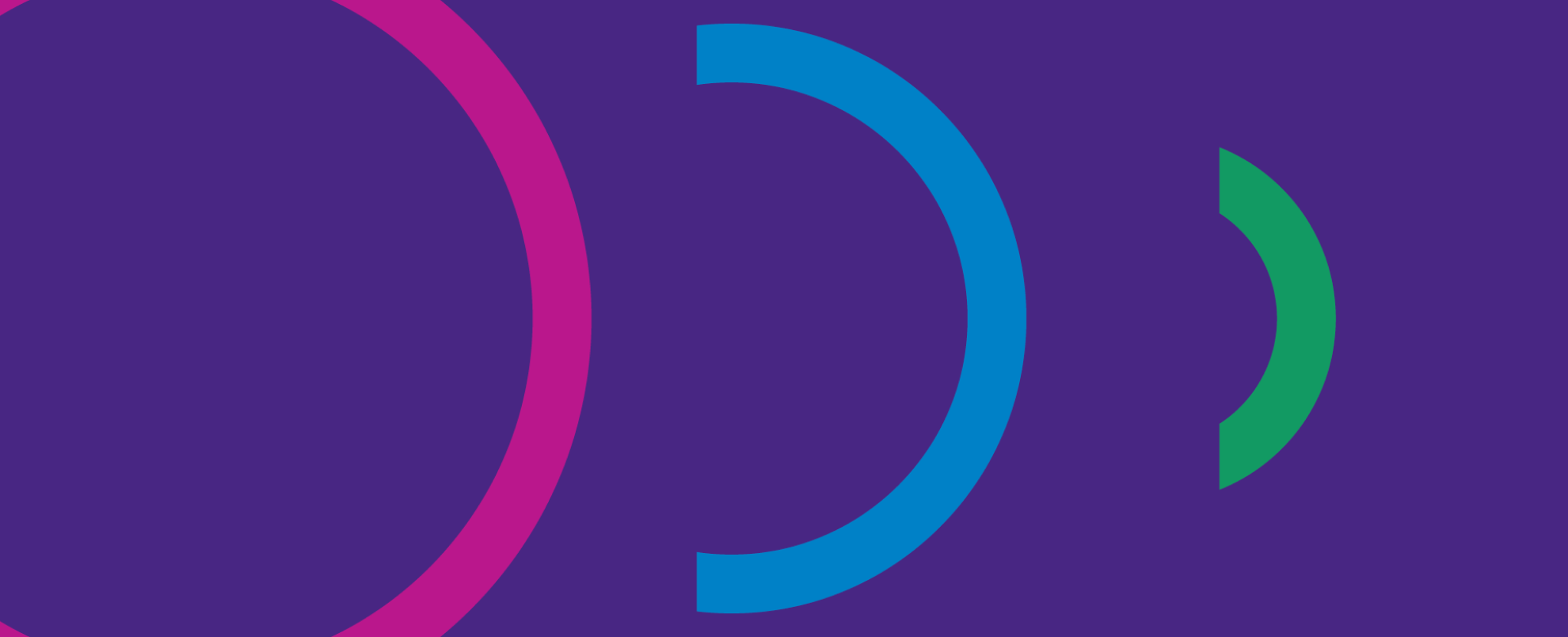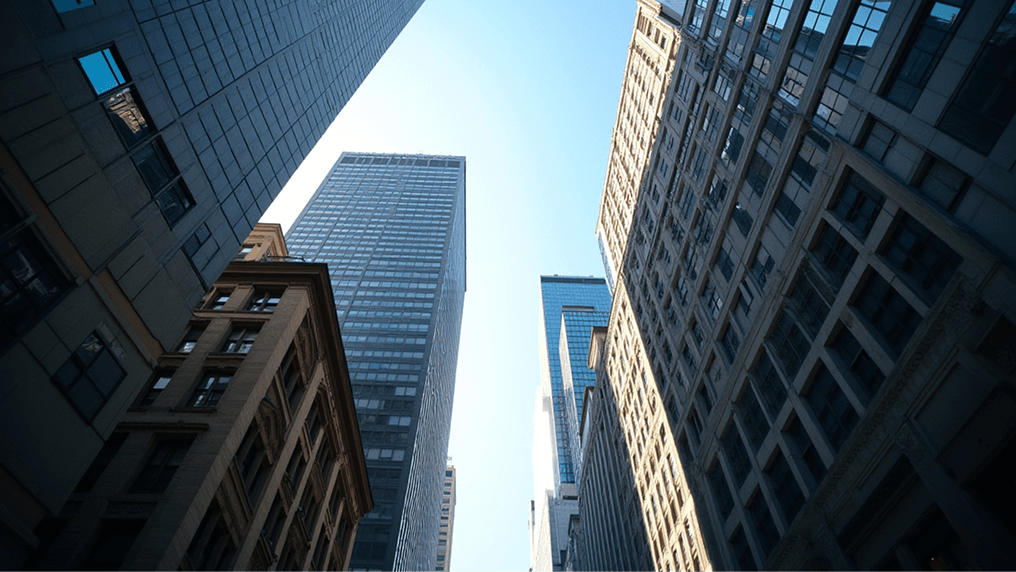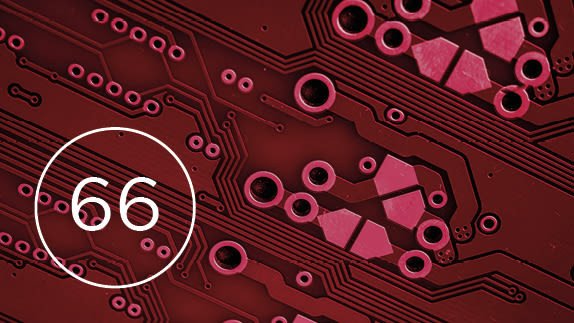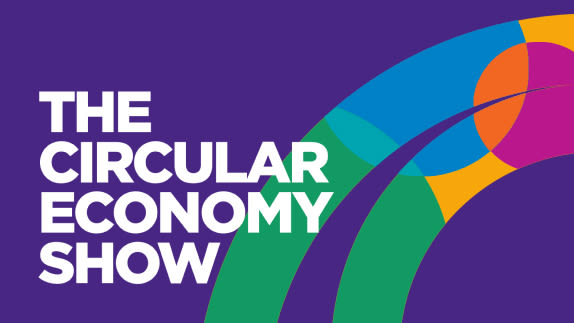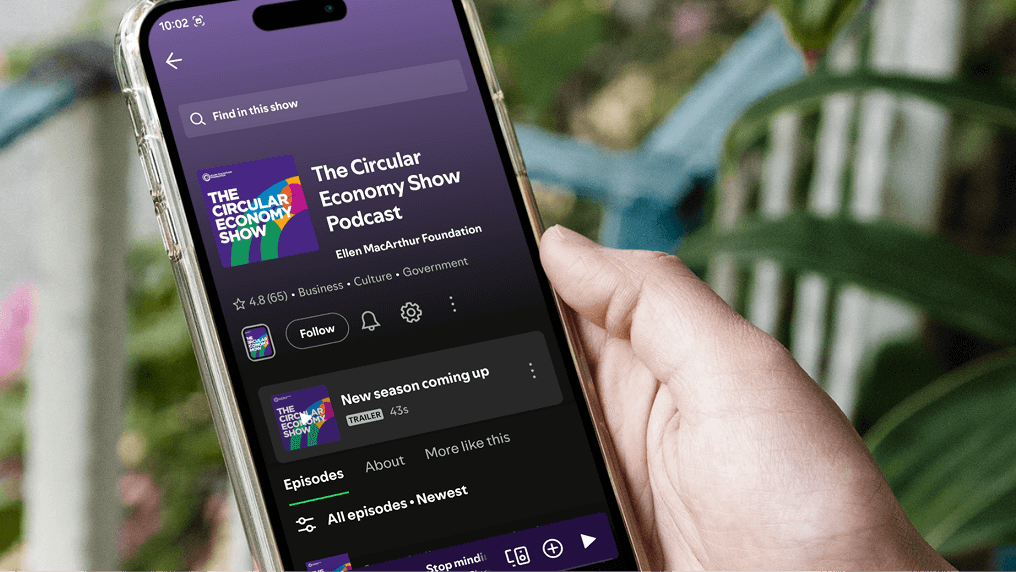In this episode, we’ll join Gianmarco, Luigi and Cristina from the Italian bank Intesa Sanpaolo to learn how the circular economy has become a strategic priority for them, and discuss the critical connection between the circular economy, biodiversity loss and climate mitigation in relation to finance.
Listen on Spotify, Apple Podcasts, or wherever you get your podcast.
Transcript
Emily Healy 0:03
Welcome to the Circular Economy Show Podcast by the Ellen MacArthur Foundation. I'm Emily, the Finance Lead at the Foundation, and I'm your host for this episode. During this podcast, I'll be joined by Gianmarco, Luigi and Christina from the Italian bank Intesa Sanpaolo. Later on, you'll hear from Cristina, who works on Strategic Initiatives at the bank, speaking about the critical connection between the circular economy, biodiversity loss and climate mitigation in relation to finance, as well as Luigi, who is Head of Circular Economy Desk, who will describe how and Intesa supports its clients on their circular economy journey. But first, the circular economy has been a strategic priority for Intesa Sanpaolo for a number of years. As part of that, last year, they renewed their circular economy credit facility called the Fund for another 8 billion euros, the biggest of its kind in the world. I kicked off the conversation by asking Gian Marco, Head of Strategic Marketing and ESG Initiatives, how the bank finances circular economy businesses and what they need from companies that they give loans to.
Gian Marco 1:14
The role of the bank has completely changed from being a kind of super hyper regulator on financial markets to a trusted adviser because we do push the fact that circular economy modelling is fundamental for economic development in order to generate positive environmental and social impact, because it's all about redesign of industrial processes, business models, we are all aware of this, and we're pushing really hard in order to make a call to rule change. Because we are a system bank, we are the most important bank in Italy. But we are in the top three in Europe. And therefore we feel the responsibility not only to finance, but to drive them towards change. But talking about a bit about numbers. We have been allocating during this business plan that started last year, and we will and then up next year. Round Eight billions completely and fully dedicated to the circular economy, the one to run too much through the numbers. But let me say that since 2022, we assessed the 624 projects, and validated the foreign amount of 15.6 Billions. And again, we are very proud of the fact that talking about benchmarking and talking about even other banks, we are just a few having such important focus. This is not only a competitive advantage, that we want to of course to have inside the business, but because we truly believe that this is an extremely important part of the banking side in order to de-risk and enter the fall to push forwards to the next level of decarbonisation in the bush.
Emily Healy 3:11
Great, thank you. And while we're on the numbers, I also want to get down to the individual company level so know when you provide loan to a company with the performance, you know, what do their you know, what do you ask of the companies and what do they need to report back to demonstrate that they are actually driving progress towards a circular economy in their business?
Gian Marco 3:33
Well, we have a framework that we have created together now inspired by, together with Ellen MacArthur Foundation, and we have a set of information, it's very detailed, that is included in this framework, because this not for all projects is linked to credit and incentive patient framework, where we can provide funds at a lower rate compared to the rating and other inputs that is very important to the counterparty therefore, there are a set of rules we have in order to define what you think is circular and to finance this.
Emily Healy 4:18
So companies get a lower rate of interest. So preferential financing and also if they meet certain Circular Economy eligibility criteria, Luigi so what happens when a company comes to you and they don't already meet that criteria? How can you still support them on their sector economy journey?
Luigi 4:35
I mean, speaking specifically of our credit offer, in this sample of the bank has set up a team of circular experts called The Circular Economy desk within the innovation centre of the bank. This Desk provides technical support to our colleagues in the business units or directly to the client, we use to help colleagues or directly the client to improve their awareness regarding secret economy. So for example, our technical advisory can be oriented to highlight, let's say some simpler pieces of the sustainability strategy of our clients, as it may be common to find some companies already applying a secret strategy without explicitly calling it circular. But there are also several ways for Intesa Sanpaolo to support its clients that don't initially meet our secret economy legibility criteria, I think that they can be summarised in four main impact areas. Let's say we have first the education side, the capacity building area in particular, through our innovation centre and its circular economy lab, we have developed training programmes for our clients and the workshop to upskill employees and management in the secret economy. theory is, secondly, the area of advisory and assessment services. Again, through our secret economy lab, we developed an in depth assessment of the company's security level, looking both at its supply chain and business model to identify gaps and areas where similar principles can be applied. And also, we have the networking and collaboration side. Third, the third area. So to connect companies with other businesses and organisations, we think that it is truly crucial also to match companies that are applying circular company strategies successfully with companies that want... that are looking for new ways and business models in the circular framework. And lastly, I will say, in general advisory services regarding the strategy of our clients, as I mentioned, before, we have the opportunity to influence and to orient the strategy of our clients towards a more circular future.
Emily Healy 7:43
So it sounds like you develop a really deep relationship with these companies and clients and really support that transition and encourage them to to embed Circular Economy within their strategy and business model. And I wanted to get to sort of the heart of the economics question, which I know that it is a challenge for many businesses, is that to transition a business model you need to invest, it's going to cost money, but how do you see businesses actually transitioning their business model from linear to circular, and doing that in a profitable way and making more money over the long term?
Luigi 8:16
Yeah, in my experience, I will say that it is easy for a client to understand the potential in terms also of economic potential, the environmental side is quite clear regarding the circular economy. In terms of the economic side, it is easy to understand that the company can get some benefits in terms of saving, for example, regarding the input side of our production cycle, using recycled materials, or recovering the scraps that you have within a production process. The real challenge is to invest in a complete, let's say, evolution of the strategy itself of our business model of our company. Here, we have the real challenge where we are facing some, I mean, the tough discussion with our clients when you are talking about changing the entire business model. I think that here thanks to the experience of the Ellen MacArthur Foundation and the network around the foundation itself, we can be inspired thanks to the experience of big corporates that are practically changing their business model. If I'm thinking for example, about the fashion industry, or the energy industry, here we have some real good experiences and best practice that can inspire especially the small and medium enterprises, sides of the market.
Emily Healy 10:00
Gian Marco I want to also ask you to elaborate on that a little bit and know about the benefits of that financial benefits of transitioning to circular business model that you really see from your side.
Gian Marco 10:13
As Luigi has correctly highlighted, of course, it takes time because to go from linear to circular, it takes a lot takes a huge investments. It needs to be done in phases. But it's absolutely something that we did. We did so many trades with so many clients deploying huge amounts of money. That is an ongoing debate very rapidly. I just want to finish with this about in general, circular, is it is economy on the economic point of view on yield more profitable or less profitable in this case? The answer is, let's distinguish the near term, the short term is something that we have is truly tremendous in terms of target objectives. And longer term, we could probably in the short term, there could be a negative carry in terms of yield, even on the bank side and even on the investor side. But in this case, this is the only way we can make a change, therefore, or maybe we could have a burden to set in a shorter term in terms of deals. But this is the correct way in order to make money in the longer term.
Emily Healy 11:38
So you know, there might be a short or short term time when it's more expensive, or it costs more, and there's that need for investment. But really, we need to look at the long term to see the benefits. And we expect those businesses to be lower risk and more resilient and profitable over the longer term. And I think one of the impacts that we could already look at in the shorter term is the link to climate which I wanted to talk to you about Christina, do you know do you see this link to climate in the work that you do between secular economy and climate? And how do you embed that in your long-term strategy?
Cristina 12:10
Well, I do believe that the circular economy and climate are strongly interconnected. And most of all, I believe that circular economy can be one of the main drivers and accelerators to achieve the climate and biodiversity goals such as, for example, the reaching net zero in terms of GHG emissions. While zero-ready now the circular economy aims to eliminate the concept of waste and to reduce the need for new resource extraction. And this approach can significantly mitigate climate change, preventing the pollution of natural ecosystems, lowering the demand for raw materials, including fossil fuels, and increasing resilience to the physical effects to climate change. With this in mind, we have two main objectives. First of all, to accelerate the achievement of net zero. As part of the Net Zero Banking Alliance, we have set ambitious targets by 2030 in terms of finance, and emissions reductions in high-emitting sectors, like oil and gas, automotive power generation and coal mining. And we have already achieved an overall reduction of more than 60% in absolute emissions in these sectors. And as well, we are also committed in protecting and restoring natural capital, for example, through a dedicated biodiversity policy we are working on. And the second objective is to support clients through the ESG and climate transition, and primarily to sustainable lending, of course and the credit facility fully dedicated to the circular economy. We have also decided to adopt priority is G scoring methodology to properly analysing and let's say assessing the sustainability profile of our customers. And this is g score is composed by over 100 quantitative KPIs. And it is used for both corporate and SME clients. And some of these KPIs refers entirely to Circular Economy, some of them to climate change mitigation, adaptation, and to biodiversity, and so on.
Cristina 12:10
Can I just unpick what you said there about the integration of ESG scores, environmental, and social governance scores into the sort of credit risk rating of companies? Can you just explain that a little bit? What does that mean and what do I know from also how circular economy is integrated into that?
Cristina 15:25
Yeah, the ESG score is a very important instrument to understand the sustainable profile of the customer, and it helped us in giving credit to, to borrow money to clients. And it's like, it's something very new since it, I mean, in the credit process, it's another little step that can give us a very holistic view of the company. And so we can, with this, we, let's say, we can support the clients that it somehow is also joining our view, on climate, on circular and on sustainability in general.
Emily Healy 16:29
And that must mean that then you can offer them that you can prove that they are lower risk companies, and then you can offer them lower interest rates on their loans. Brilliant. I wanted to end by asking about the secretary narrative and Gian Marco I know you mentioned this at the beginning, saying you were one of the only banks of, if not the only bank, who were talking about circular economy. So, in your opinion, is the narrative out there on circular economy clear enough and reaching the right people and know what needs to change?
Cristina 16:59
Well, I think that a very good job has been done in recent years about the narrative and circular economy, especially in Europe. The main effort in terms of communication, I guess, as being made to change the perception of the circular economy as a recycling topic. But we cannot stop here. We need two more to do more in the future. And in my opinion, the narrative could be more focused on three main aspects. First of all, the strategic and economic importance of the circular economy. Just think about the economic impact in terms of savings that comes from maximising resource efficiency or the geopolitical importance of circular practices in the procurement of raw materials. Secondly, the regenerative effect of the circular economy, this concept is becoming fundamental. And in this sense, I think probably people need to somehow be re-educated in the value of products. And in this scenario, I think it's quite interesting the concept of materials as a service and the analogy with the financial industry. Just let me explain it in few words. The regeneration concept of the circular economy first says that people should borrow materials from the earth and return them with interest. And as with the bank loan, the borrower has to return the capital to the lender. Last, a portion of the interest that covers the risk that the credit institution has taken in lending that initial capital. This is exactly what should happen in the relationship between humanity and nature. But in reality, we get a loan from the earth, and we pay back lost capital and zero interest.
Emily Healy 19:21
I really like that analogy that regeneration is like paying back our loan to planet Earth with interest. I think that's a really, really nice way to think about it. Intesa's approach is grounded in making the economics work, and critically, they are placing the circular economy at the heart of the bank's de-risking strategy. The Fund is one of the largest pots of money dedicated to the circular economy. And we heard how Intesa works with businesses at various points on their Circular Economy journey to support them in becoming more fundable. By putting the role Circular Economy plays in tackling the climate crisis and biodiversity loss at the forefront of their work, they're also offering a significant pool for businesses to engage to. Intesa Sanpaolo really is leading the pack and we hope many more banks adopt similar approaches to support businesses in their loan book to transition. Thanks for listening to this episode of the Circular Economy Show podcast. Please subscribe to our podcast wherever you listen to your podcasts, and we'll speak to you next time.
